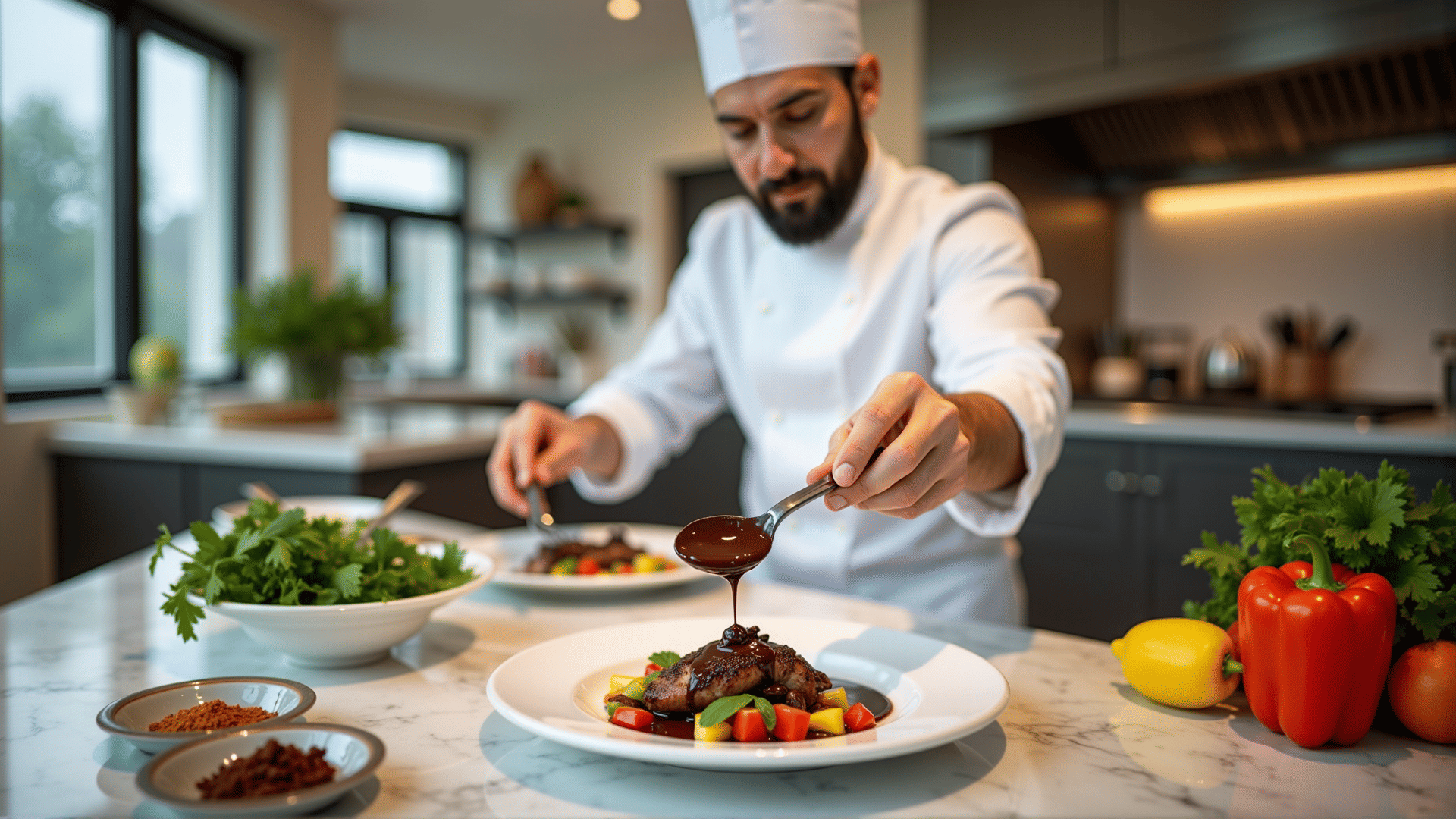Chocolate is often celebrated as the quintessential ingredient for indulgent desserts, but its versatility extends far beyond the confines of cakes and confections. When thoughtfully integrated into savory dishes, chocolate can enhance flavors, add depth, and introduce a sophisticated twist to your culinary creations. Here, we explore how to incorporate chocolate into savory recipes, challenging your palate and culinary skills.
Understanding Chocolate's Role in Savory Dishes
At its core, chocolate, especially dark chocolate, offers a rich and complex flavor profile characterized by bitterness, sweetness, and acidic undertones. These qualities make it an excellent candidate for savory applications, where balance and contrast are key. When selecting chocolate for savory cooking, opt for varieties with a high cocoa content and minimal sugar, as these will complement rather than overpower other ingredients.
Chili Con Carne with a Chocolate Twist
Chili con carne, a hearty and spicy stew, is an ideal dish for a touch of chocolate. The addition of dark chocolate not only enhances the depth of the chili but also mellows the heat. Start by preparing your usual chili recipe, and as it simmers, stir in a small piece of dark chocolate. Allow it to melt and meld with the spices, enriching the dish with a velvety texture and a hint of bitterness that balances the tomatoes' acidity.
Mole Sauce: A Mexican Marvel
Perhaps the most renowned savory use of chocolate is in the Mexican staple mole sauce. Mole combines chocolate with a symphony of spices, nuts, seeds, and chili peppers, resulting in a luscious sauce with complex layers of flavor. Traditionally served over chicken, mole transforms a simple dish into an extraordinary culinary experience. Making mole from scratch is a rewarding endeavor, demanding precision and patience as flavors are slowly coaxed into harmony.
Rich and Robust Chocolate-Braised Short Ribs
For a meal that is sure to impress, try chocolate-braised short ribs. Begin by searing the ribs to lock in juices and develop a caramelized crust. In the same pot, create a base of onions, garlic, and herbs, before deglazing with red wine or stout beer. Once the alcohol has reduced, introduce beef stock and a few squares of dark chocolate. As the ribs braise slowly, the chocolate will dissolve, adding richness and enhancing the savory notes of the meat.
Dark Chocolate and Balsamic Vinaigrette
For a lighter take, experiment with a chocolate-infused balsamic vinaigrette. Perfect for drizzling over roasted vegetables or a bed of mixed greens, this dressing melds the bitter depth of chocolate with the tart sweetness of balsamic vinegar. Combine finely grated dark chocolate with balsamic vinegar, olive oil, and a touch of Dijon mustard, whisking until smooth. The result is a unique vinaigrette that elevates any salad or vegetable dish.
Seasoning Savory Dishes with Cocoa Nibs
Cocoa nibs, the purest form of chocolate, are an excellent ingredient for savory cooking. Their crunchy texture and intense flavor make them a great seasoning for meats, fish, and vegetables. Try incorporating toasted cocoa nibs into spice rubs for steak, or sprinkle them over roasted vegetables for added complexity and a touch of bitterness.
Conclusion: Embrace Experimentation
Cooking with chocolate in savory recipes requires an adventurous spirit and a willingness to experiment with flavors. By understanding how chocolate can interact and harmonize with other ingredients, you can transform familiar dishes into extraordinary culinary experiences. Whether you're crafting a rich mole sauce or simply adding cocoa nibs to a dish, embracing chocolate in savory cooking opens a new world of flavors to explore. So, challenge your culinary skills and embark on this delicious journey of sweet and savory fusion.
